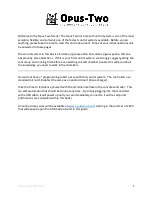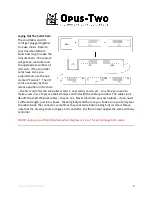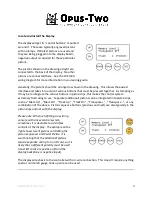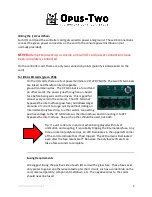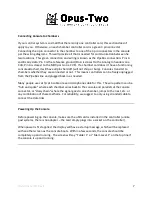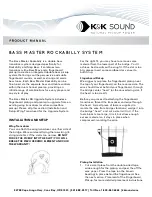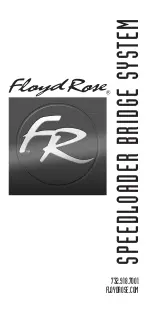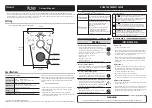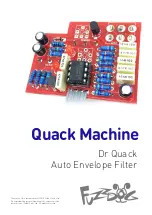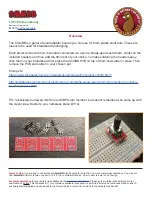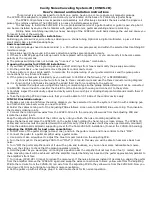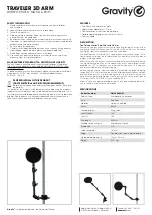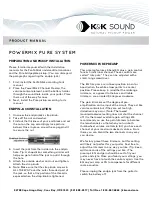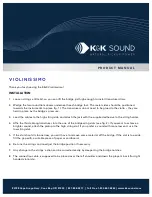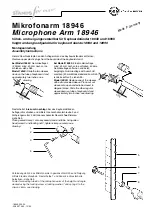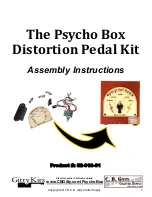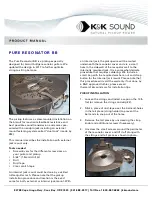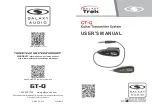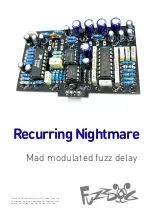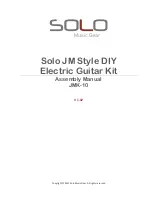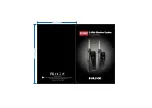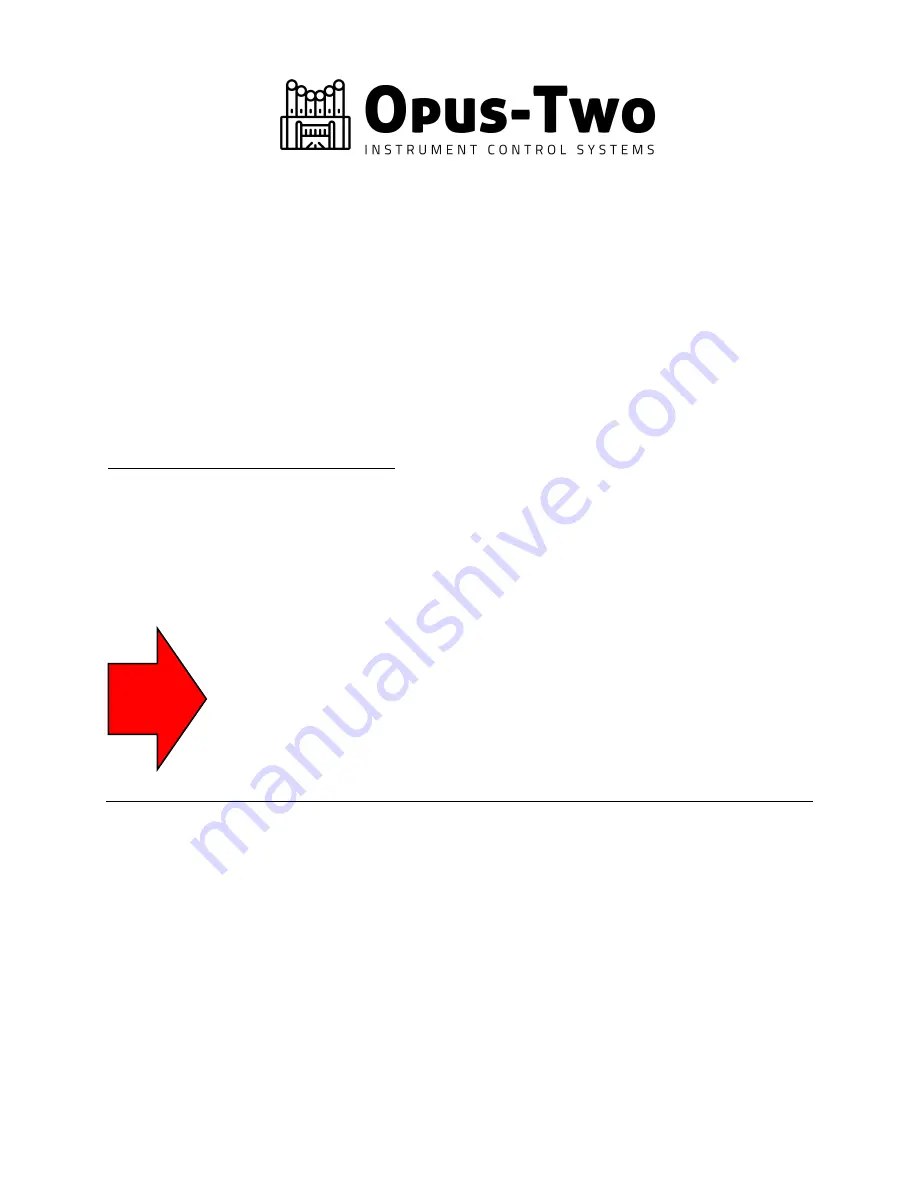
Welcome Letter Rev 6
5
We suggest that any common (return) wires from a load (such as coils or chest magnets)
should be fused in 6A groups per NEC. This generally means that no more than 12 stop
action coils per fuse. Switches providing input back to the I/O card can have more on a
single fuse, but never put more on a fuse than you would want to stop working if the
fuse would blow. For example, electrically speaking, you could connect all key common
wires to one fuse. But if a short circuit occurred inside a keyboard, you would want the
other keyboards to continue to play, so you should use a separate fuse for each
keyboard. Similarly, despite the fact you could technically use a single fuse for all stop
sense supplies, you shouldn’t.
For HC64-LED cards (red or black PCB):
These cards have internal fusing and the power connector simply has two positive
terminals and two negative terminals. We suggest connecting an AWG14 wire to each
terminal and taking it back to a junction bar (2 positive wires and 2 negative wires). You
may choose to fuse the card itself with a large fuse (15A-25A) for safety sake. Common
return fuses are not desired with these HC cards because of the robust power
management on the card.
It is important to identify the Authority Having Jurisdiction (or AHJ). Some pipe
organ wiring projects are required to be inspected by a code inspector (AHJ).
We provide suggestions for fusing in DC circuits, and the AHJ will provide
requirements. Always err on the side of overprotection when a conflict arises.
If in doubt, contact us for additional clarification. This document is not a code
book and should not be treated as one. In the event of conflicts, we can and
will work with your AHJ.

